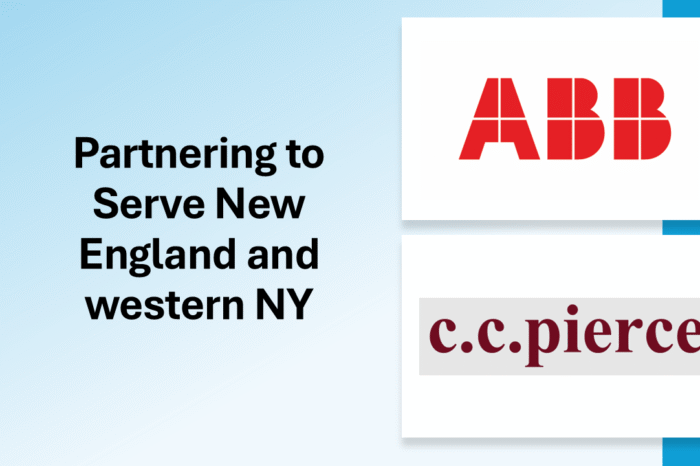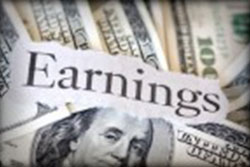So how was the first quarter for ABB and Schneider Electric / Square D?
We’re a month past the first quarter and publicly held companies are starting to report their quarterly reports. Here we review ABB and Schneider Electric. (comments are in italics)
ABB
Within the channel we think of ABB as ABB products and Thomas & Betts products, using the terms interchangeable at times.
- Globally, and across all product lines, backlog grew 4%
- Overall EBITDA grew .9% due to power grid improvements and group “productivity and cost cuttings” (typically euphemisms for process improvement, closings, layoffs)
- Moving to Salesforce.com (which over time should yield better customer level insights and other process improvements as functionality gets integrated into Salesforce.com)
- Orders down 7% due to comparison vs high PY quarter and worldwide economy.
- Total orders for US were down 13% due to lower industrial demand for power and automation in process industries such as oil / gas and mining. (Note, this is a combined ABB and T&B number.)
- The Electrification division, which is where T&B is, overall had $2.3B in orders, which was down 4%; revenues were $2.1B, which was flat and the operating EBITA was 15%, down .2%. (slide 6 of presentation).
- Note, this is global. Presume data is in euros
- In the automation side of the business, getting more focused on “software led differentiation” and the Industrial Internet of Things (from what we are seeing, distributors in the automation space will need to be conversant to maintain relevancy in the automation space and those who become experts will be able to develop new services … much the way that lighting distributors will do with LED lighting systems.)
- Launching new products such as their smart sensing solution, which runs small assets like simple motors or transformers in to intelligent machines that will tell the customer when they need servicing and help therefore with uptime speed and yield in industrial processes.
- Have many internal initiatives to streamline processes and consolidate, worldwide, support centers.
- Utilize Net Promoter Score to determine customer satisfaction / loyalty (probably at the end-user level since the index is built on referrals, in our opinion not too relevant to the distribution market and tough to be actionable)
- In Q1 moved to new market-oriented divisional structure that organizes around customers. Reportedly seeing better results, customers have broader access to complete offerings (product portfolio) and feedback is positive.
- Expect to continue to see a “challenging” market going forward
- US markets
- Strengths- anything tied to consumption – food and beverage, automotive, residential
- Weaknesses – anything related to process industries
- Utility – projects being delayed but confident that investments will come.
As expected, challenges on the much of the industrial side. DIfficult to tell the difference between the automation aspect of ABB vs the core T&B products but can sense an overall decline.
You can find the analyst call here
And the accompanying PPT slides here.
Schneider Electric
- 2% organic, worldwide, growth for “priority products” in Q1 powered an overall organic revenue increase of 4.1% in a “mixed environment”
- Buildings and Partner Business – seeing some growth from retail, wiring devices and distribution (so strength in two channels, presumably given Schneider, and in the electrical division parlance of Square D, the focus on the commercial / construction segment.)
- Globally, this business grew 1.4% (includes divesting of Juno)
- Strong growth in US construction market
- Industry (industrial) declining but at a slower pace than 2015.
- Mid single-digit decline in US. Much due to oil / gas
- Infrastructure difficult in US
- Seeking to “improve their pricing” to enhance margins, globally (especially outside China) and on a “selective” basis (project-wise) to improve margins
As you can see, a tale of two markets. Strength in construction, weakness in industrial with the oil / gas markets pulling down the entire sector. The key is finding the consumption-oriented segments that are generating revenue growth for their companies.
Click here for the analyst call
And while Mayer’s recent move to Schneider will only be a ripple in Schneider’s ongoing global revenues, it could make an impact in their US performance given the footprint that was picked up and Mayer’s desire to expand their footprint. It will be interesting to see the impact on Graybar and other Square D distributors in the Southeast / parts of the Southwest (and maybe eventually the MidAtlantic states).
What are you seeing from these ABB / T&B and Square D?





















